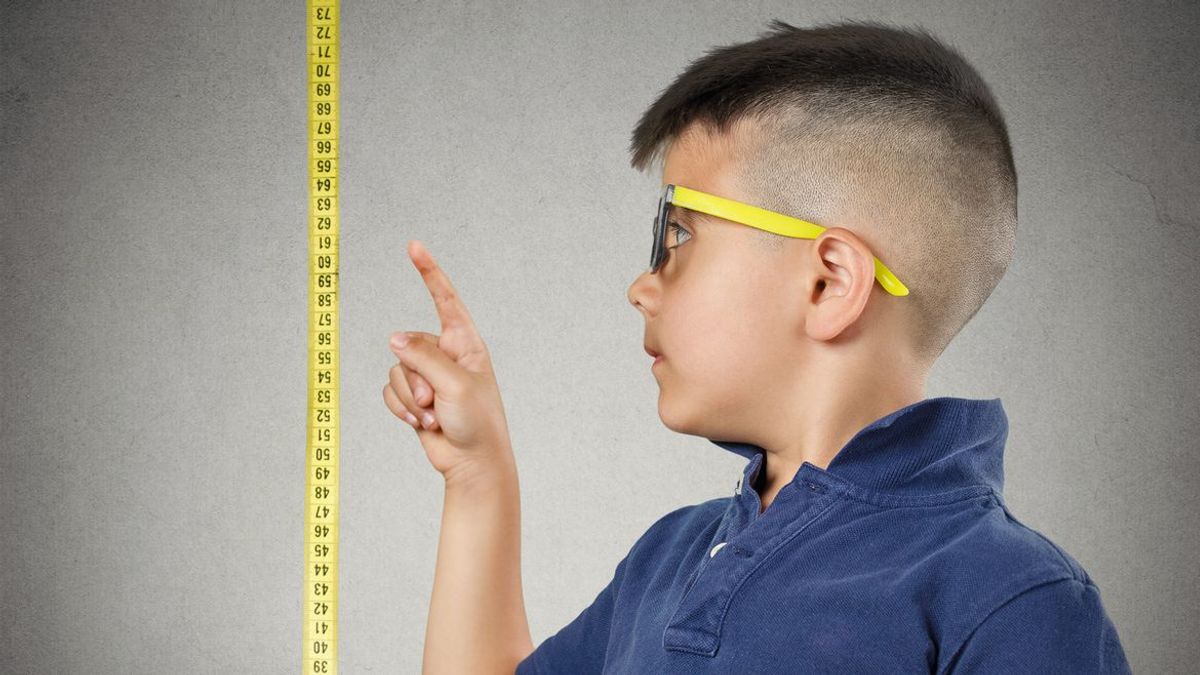Clinical
Why Each Dioptre Matters

In this article:
When faced with a low, slower progressing myope, or a patient whom has already progressed is there any point with myopia control?
We all know that high myopia is associated with higher incidences of retinal detachment, glaucoma and myopic maculopathy1. Instigating early, evidence based myopia control in rapidly progressing myopes gives the best outcomes both pathophysiologically and refractively. However when faced with a low, slower progressing myope, or a patient whom has already progressed is there any point in persisting with myopia control?
Every 1D increase in myopia increases risk of myopic maculopathy by 67%2
A paper published in 2019 by Mark Bullimore and Noel Brennan2 that analysed the data from five large population-based studies shows that by reducing the end-outcome of myopia by even 1D can reduce the incidence of myopic maculopathy by 40%, and with every advancing dioptre of growth the risk of developing the pathology is associated with a 67% increase. This benefit occurs in both our high myopes and our low myopes, so whist a high myope has much higher absolute risk, the risk reduction is the same across the board for all myopes.
Every 1D reduction in myopia reduces the risk of myopic maculopathy by 40%2
This is of course in line with the other important considerations of myopia reduction discussed in the article including reduced risk of visual impairment, less visual disability when uncorrected and better options and outcomes for surgical myopia correction.
As discussed in “The Why of Myopia Control” even -1.00D of myopia carries an additional lifelong risk of posterior subcapsular cataract, retinal detachment and myopic maculopathy. The table below summarises some of the risks as the prescription continues to grow.1
This is further information contributing to the imperative that myopia control should be discussed with every patient at risk. For help getting started with myopia control, or to advance your skills and learn the latest evidence-based practice, take our free Myopia Management in Practice course.
Meet the Authors:
About Cassandra Haines
Cassandra Haines is a clinical optometrist, researcher and writer with a background in policy and advocacy from Adelaide, Australia. She has a keen interest in children's vision and myopia control.
References
- Flitcroft DI. The complex interactions of retinal, optical and environmental factors in myopia aetiology. Prog Retin Eye Res. 2012;31(6):622-60. (link)
- Bullimore MA, Brennan NA. Myopia Control: Why Each Diopter Matters. Optometry and vision science : official publication of the American Academy of Optometry. 2019;96(6):463-5. (link)
Enormous thanks to our visionary sponsors
Myopia Profile’s growth into a world leading platform has been made possible through the support of our visionary sponsors, who share our mission to improve children’s vision care worldwide. Click on their logos to learn about how these companies are innovating and developing resources with us to support you in managing your patients with myopia.










